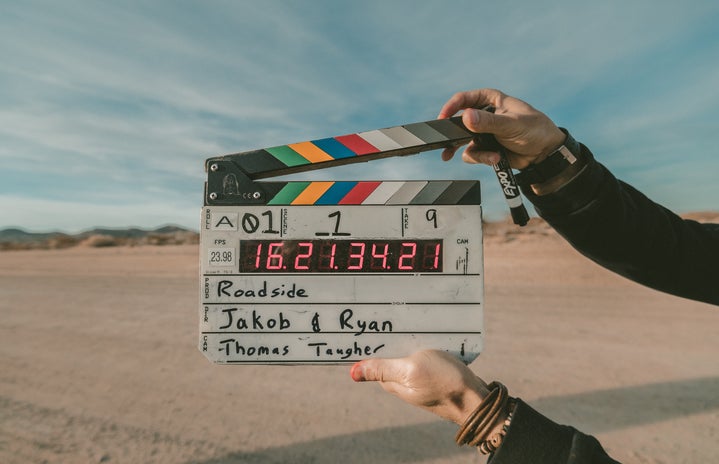As much as the world has evolved in terms of sexism and gender distinction, women still have low visibility in many areas of art and entertainment. Many times, female directors with a gigantic potential and talent for the seventh art are considered inferior to male directors, end up being disregarded, considered as not belonging to that environment, or even forgotten.
Not only in women’s month, but it’s always good to affirm the importance of the female role in the cinematographic universe. Remembering the trajectory of these artists is a way of not forgetting their stories and giving focus to the filmmakers who have made this industry work for over 120 years.
The start of everything: 1896
The pioneer of all this was the director Alice Guy-Blaché, who in 1896 directed the movie The Cabbage Fairy, a year after the creation of cinema. The film was a great success and brought many innovations such as cinematic storytelling, image, sound manipulation, and the concept of fiction movies. After her first work, Alice began to direct, script, and produce other short films such as Falling Leaves (1912) and Matrimony’s Speed Limit (1913).
After Alice, many female directors started to gain their space. During the 50s and 60s, a big figure in the industry was Agnès Varda. Her name is still well remembered for producing movies that brought social criticism to society and for almost all her productions dealing with women’s stories, as in Cleo from 5 to 7 (1962). Later, during the 60s and 70s, when the feminist and black movements were gaining even more strength in Europe and the United States, Agnès insisted on showing her political position and was responsible for directing the documentary The Black Panthers (1968) and movies such as L’Une Chante L’Autre Pas (1977).
Late 20th century and the first decade of the 2000s:
In the late 90s and early 2000s, we had a huge growth in the number of women working in cinematography productions that would go down in history. Sofia Coppola was one of the highlights of this generation, directing movies such as The Virgin Suicides (1999) and Lost in Translation (2003). One of the greatest features of her works is the ease of handling heavy subjects lightly and the good use of the color palette.
Anna Muylaert also had great relevance in this period. Our Brazilian on the list worked in TV Cultura productions such as Castelo Rá-Tim-Bum! (1994-1997) and Mundo da Lua (1991-1992), she also directed the highlight of her career Que Horas Ela Volta? (2015), Durval Discos (2000) and Mãe Só Há Uma (2016).
In addition to these, Catherine Hardwicke won over the public with her movie Thirteen (2003), which dealt with heavier themes such as sex, drugs, and criminality. The Nativity Story (2006), Red Riding Hood (2011), and Twilight (2008) are also a part of the director’s career.
From the 2000s to the present day:
Currently, the female space is already placed in the cinema and there is no way to take it away. More and more actresses, directors, producers, screenwriters, and set designers are gaining voice and respect from the public and inspiring girls around the world to believe in themselves professionally.
Chloé Zhao (Nomadland) and Kathryn Bigelow (The Hurt Locker) in the last 10 years have been the winners of the Oscar for best director. This year, Jane Campion won the same nomination with the movie The Power of the Dog, making history in the movie industry once again.
————————-
The article above was written by Ana Luiza Sanfilippo and edited by Marina Fornazieri. Liked this type of content? Check out Her Campus Cásper Líbero for more!


